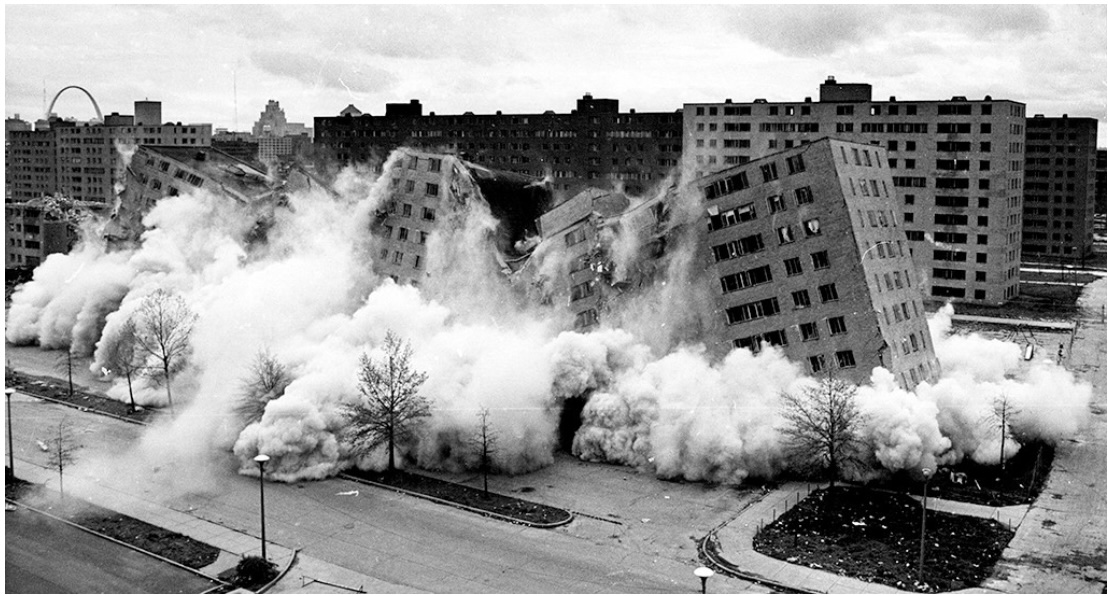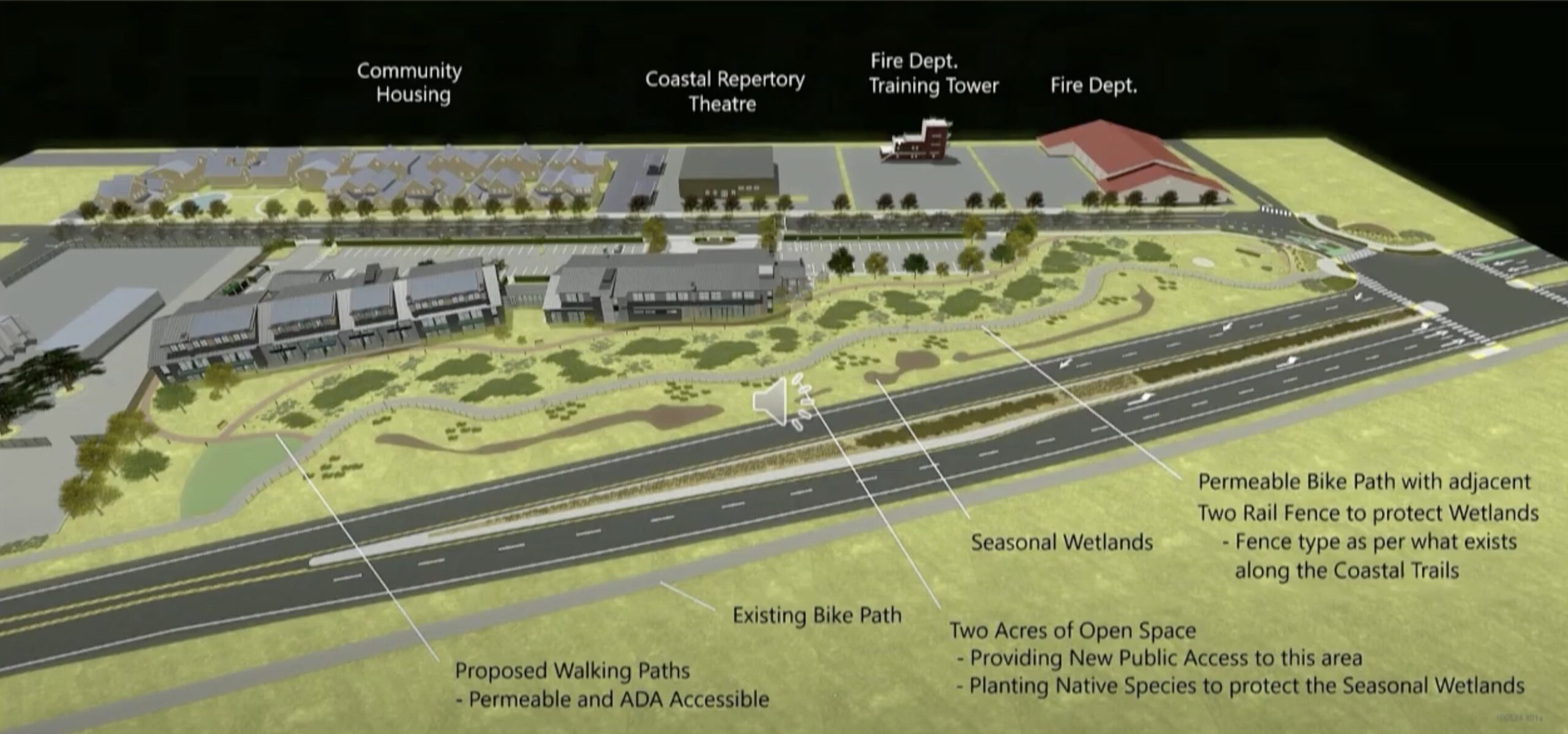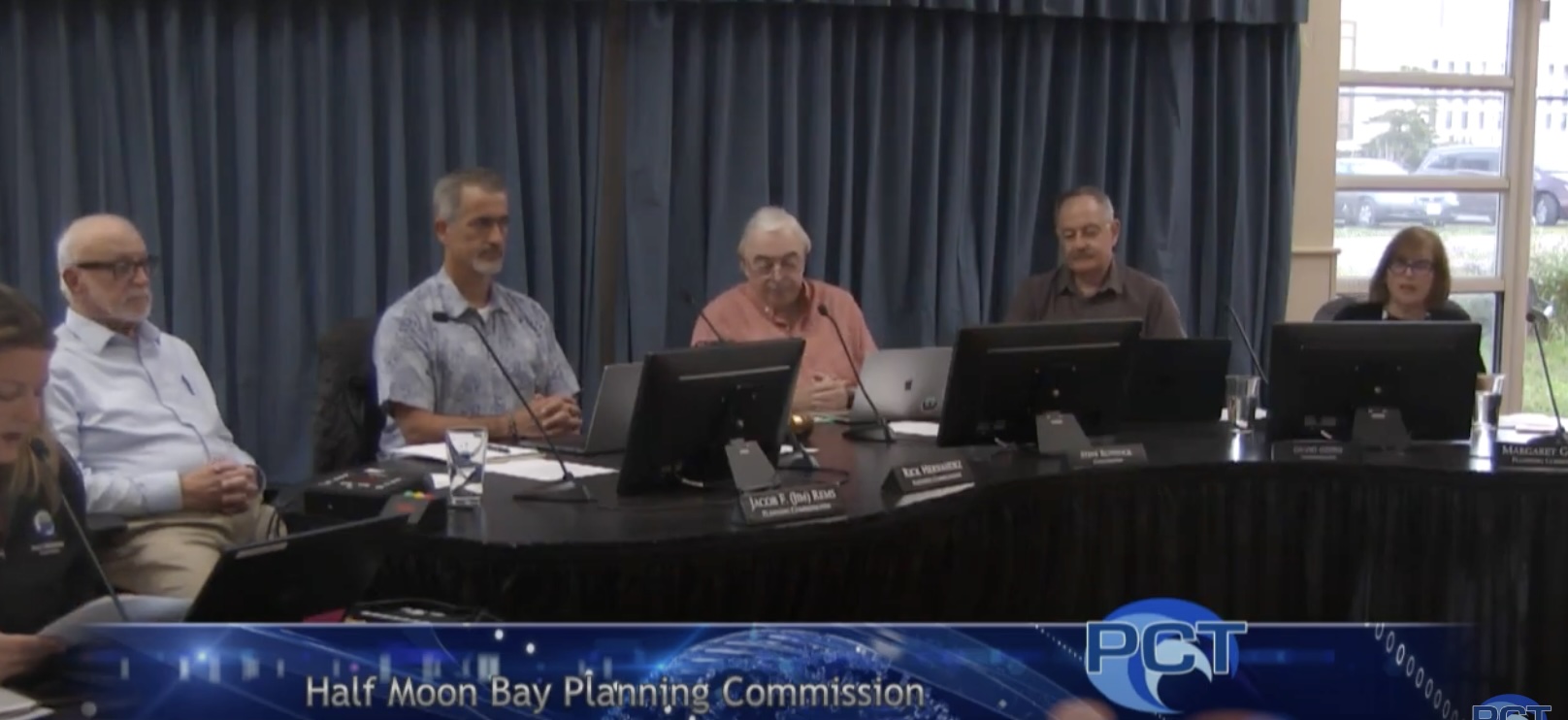|
Getting your Trinity Audio player ready...
|
ARTICLE. From The Marin Post on April 13th, 2024, written by Bob Silvestri. The following article is based on a presentation given at a Marin Coalition event held on April 10th at the Club Restaurant at McGinnis Park.
Bob Silvestri is a long-time Mill Valley resident, the Editor of the Marin Post, and the founder and president of Community Venture Partners, a 501(c)(3) nonprofit community organization dedicated to bringing the community’s voice to government decision-making and funded exclusively by individuals and nonprofit donors.
Please consider donating now to support our work.
NOTE: Coastside Buzz donated $250 for this excerpt that leads to the full article at The Marin Post.
This is the best and most comprehensive article on housing in the United States I have ever read.
~ Michelle Dragony, Chief Buzz Officer of Coastside Buzz.
Let’s start with a quiz:
Who said…
“[government] Housing policies decrease housing supply. Excessive rules, regulations, and red tape add to the cost of housing!”
- A California YIMBY, or
- A self-proclaimed “bleeding heart” Conservative?
Affordable Housing Facts
The Federal Housing Administration (the “FHA”) was created in 1934 to address the housing crisis that resulted from the Great Depression. Since that time, two things have become obvious. The first is that private, for-profit investors have never built and will never build any affordable housing without some type of financial subsidy or incentive. And the second is that the theory of “supply and demand” is not as simple as many claim.

National Archives
From 1938 through the 1960s, the federal government built, owned, and operated low-income housing projects across the country. The housing was very basic but it served its purpose. Unfortunately, the story of public housing (which came to be known as “the projects”) did not end well.
Below is a photo of Pruitt-Igoe in St. Louis: a 2,870-unit multifamily housing project designed by world-famous architect Minoru Yamasaki, opened to great fanfare in 1954.
The project was abandoned and demolished in 1972.

HUD
The reason was simple: Successive administrations and Congress failed to provide sufficient funding for adequate management and ongoing maintenance and operations.
The demolition of Pruitt-Igoe marked the beginning of the end of the government-owned and operated public housing in the U.S. Its demise began years earlier when Richard Nixon was elected President and declared that henceforth the federal government would stop building and owning low-income housing in the U.S.

Nixon’s abandonment of one of the founding principles of the New Deal was followed, 20 years later, by the Reagan Administration’s embrace of a theory called “Trickle-down/Supply-side” economics, promoted by prominent economist, Arthur Laffer, among others.

Trickle-down economics prioritized financial capital over human capital and argued that tax cuts for the wealthy would lead to investment in new businesses and jobs creation (the “trickle-down” effect) and that broad-based deregulation would lead to abundance for all (the “supply-side” effect). With regard to housing, this meant wholesale de-regualation of zoning and planning.
This went hand-in-hand with the Republican Party’s mantra about getting rid of“big government.” However, as attractive as this theory sounded, it resulted in disastrous consequences in every country that embraced it.
But the final nail in the coffin of federal government involvement in developing low-income and affordable housing came from the exuberant embrace of the “markets will solve everything” approach, which was proselytized by former Buffalo Bills quarterback turned U.S. Senator, Jack Kemp, when he assumed the cabinet position of Secretary of HUD in 1989.
Kemp built upon Nixon’s and Reagan’s policies and took it a step further by promoting the idea that the federal government could not only divorce itself from building, owning, and operating public housing but also from directly financing it. He believed that everything could be turned over to the private market via financial devices such as insuring private lenders, tenant rental vouchers, and what came to be known as low-income housing tax credits (LIHTC).

Most famously, HUD Secretary Kemp wrote a report entitled “Not in My Back Yard” Removing Barriers to Affordable Housing” (“The NIMBY Report”) in 1991, which was wholeheartedly endorsed by then-President George H. Bush.
The NIMBY Report said,
“[government] Housing policies decrease housing supply. Excessive rules, regulations, and red tape add to the cost of housing.”
So, the answer to the quiz was “both” said it.
Why was the NIMBY Report written?
On the surface, Kemp’s report appeared to be an extension of the policies that preceded him, but his motivation had nothing to do with wanting to help increase the production of affordable housing. Kemp’s primary motivations were,
- To get the federal government out of what he saw as an unsolvable, low-income housing problem that was wasting government time and money;
- To shift the responsibilities and eventual blame for decades of housing policy failure onto state and local governments.
But more importantly, his motivation was
- To satisfy the demands of private developers across the country (major party donors) who were vigorously lobbying against the wave of new environmental regulations and tenant rights protection laws that came out of the 1970s, all of which were in the way of traditional “slash and burn” development methods and seriously hurting bottom-line profits.
I can attest to this, having sat in on conference calls in the 1980s, between developer clients and Jack Kemp and other HUD officials, during which these developers lodged their complaints about how local planning, zoning, and environmental regulations were an impediment to maximizing their profits.

GGNRA
The days of urban renewal and environmentally destructive mega-developments — like Marincello, by Gulf Oil Company, which envisioned freeways and a massive, new city where Marin County’s Golden Gate National Recreation Area open space sits today – were coming to an end and many developers were very unhappy about that.
As a result, since the 1980s we have seen,
- More private developers demanding more “incentive” benefits to build so-called “affordable” housing
- More private lender financing for those developments at market rates
- The emergence of Section 8 rental “vouchers” as the major source of federal government rental assistance, instead of direct rental payments by HUD to multifamily housing owners, and
- The creation of Low-Income Housing Tax Credits (LIHTC), offered to private, for-profit and nonprofit housing developers: credits that could be sold to third parties to help finance new housing projects.
Unfortunately, human nature prevailed over all of these “trickle-down/supply-side” economic experiments. The wealthy simply used these programs to enrich themselves as much as possible and private developers continued to focus on building for the high-end of the housing market because that offered the highest rate of return on investment. Financing terms from private lenders have been at the mercy of market interest rates, and over time, the monetary value of Section 8 vouchers have failed miserably to keep up with market rental rates, making a housing voucher in counties like Marin, essentially unusable.
Meanwhile, the Low Income Housing Tax Credit program has been primarily aimed at the biggest developers doing the biggest projects (no LIHTCs go to small infill housing projects) and tax credits are doled out by unelected, bureaucratic state agencies (like the Department of Housing and Community Development in California) in a process that is fraught with political influence and insider access.
Worst of all, local governments have little say in LIHTC allocation decisions, so they are left without any “carrots” to offer to private developers to convince them to build the types of affordable housing their local community might really need.
Trickle-down/supply-side economics has been a bi-partisan affair
To be fair, I should point out that the dramatic deconstruction of the spirit of the 1930s New Deal, has been a bi-partisan effort and not all due to Republican administrations. Although the fundamental “free market” policies were set in motion during Republican administrations, subsequent administrations, including Obama and Biden, have all happily carried them forward.
>>> READ MORE at The Marin Post
Bob Silvestri is a long-time Mill Valley resident, the Editor of the Marin Post, and the founder and president of Community Venture Partners, a 501(c)(3) nonprofit community organization dedicated to bringing the community’s voice to government decision-making and funded exclusively by individuals and nonprofit donors.





